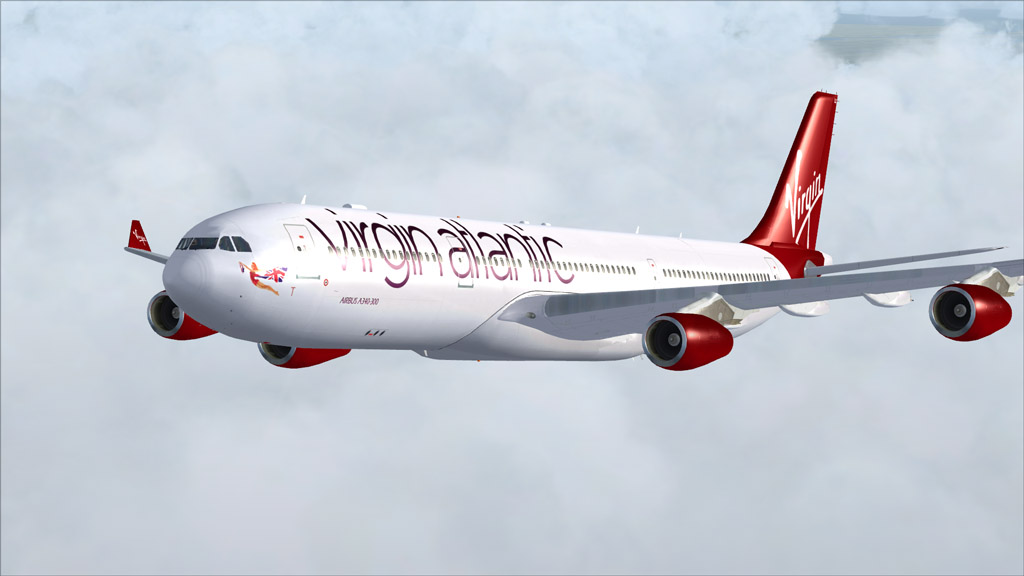OK, time to go through what I'm doing and using the Delta a333 as an example (pics below).
- Corrected, sharpened and uniform template across all series and models- Correct lines and color based on the real life counterparts by studying the pictures off airliners.netEspecially taking photo light into account when deciding nuance and hue for the paint. As an example: most people get the Lufthansa grey completely wrong. It's a actually a steely blue grey (tho I'm not elling you which color setting) that looks clean bright grey in a certain light and dark grey in another). Another example is Delta: the blue is not as dark as you'd think because the white itself is alot brighter than say Air Frances euro-white in reality.
- Keeping the lines and details rightFor instance the KLM a330 have dark grey intake lining, Delta has white intakes, the rear metal band on the SAS a330 is dark, etc. Also what's important is not to just slab the paint on which some do but to blend it correctly and uniformly.
- Keeping all the wordmarks and logos the right proportion across all models and seriesFor instance my SAS A330-200 doesn't really exist so I have no real life counterpart to base the repaint on. However I have kept the correct proportions from the 300 series that exist onto the 200 series.
All in all the differences are easily missed I reckon which is why I'm explaining them now: what I'm going for is correctness, precision and uniformity.
Beyond that I have also taken upon myself to correct the aircraft.cfg files (no offense intended to Ruth but they're a bit off) to get the right weight, capacity, payload, fuel consumption and fixing the taxiing problem.
Hopefully I'll be done soon so I can have at the Boeing 767 and 777's. Man I love widebody liners!






















